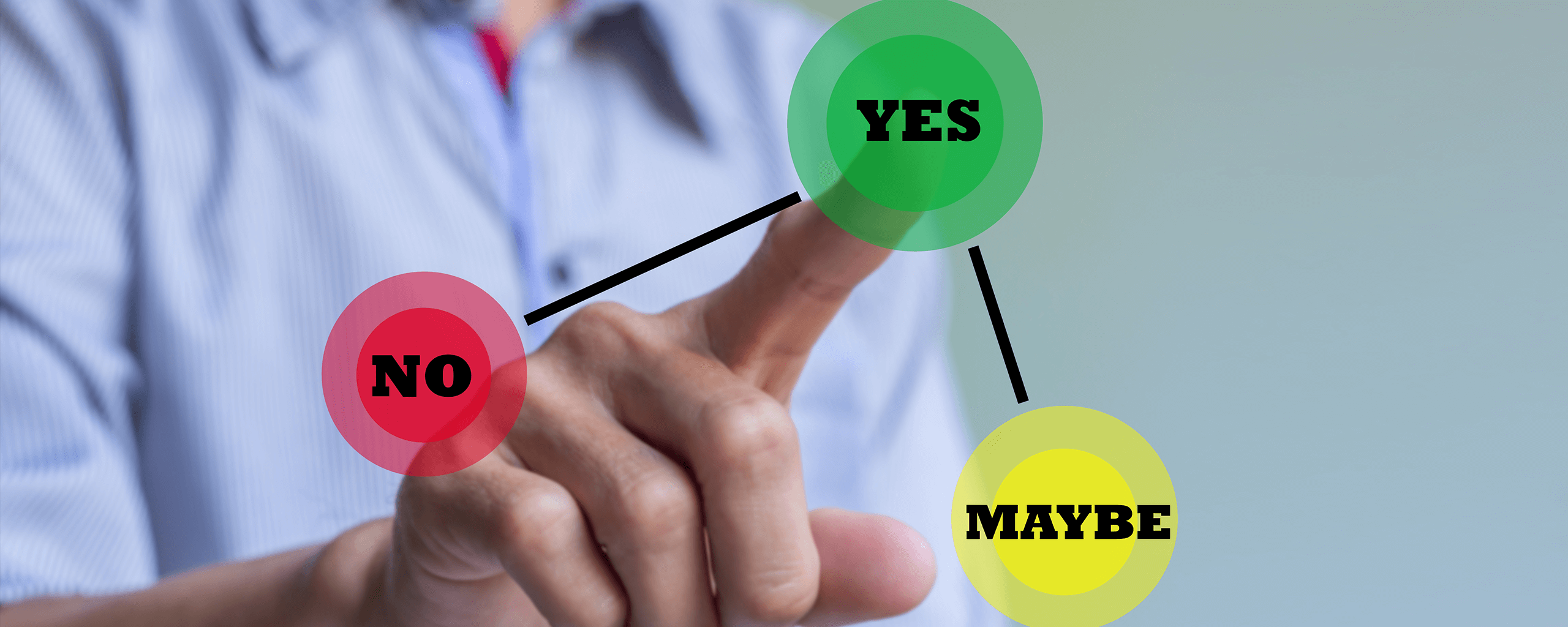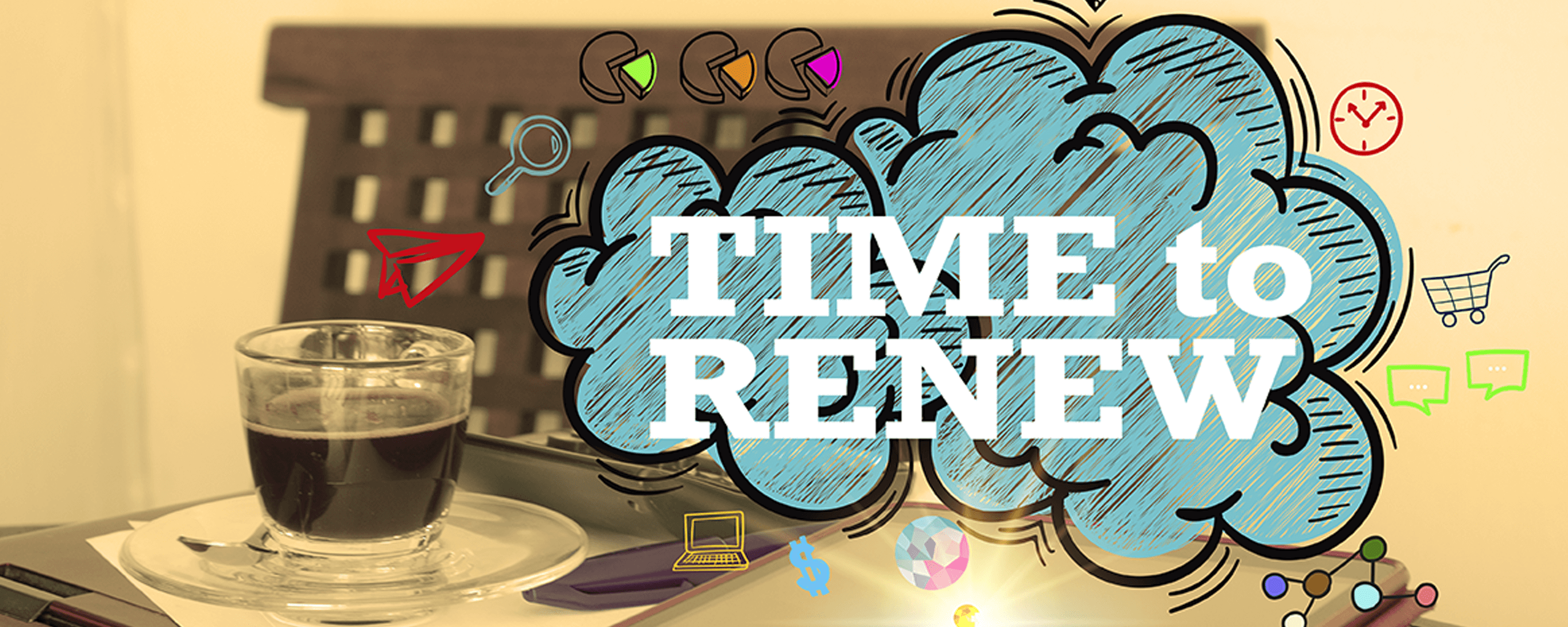
Growth Hacking | Inbound Marketing
Growth Hacking using Content: The Customer Decision Stage
Growth Hacking using Content: The Customer Decision Stage
(Are your customers interested in buying from you? Here are some ways to check their behaviour.)
At the decision stage, when a lead can become an opportunity. Your decision content will play a decisive role in whether the opportunity translates into a new customer.
Startups should pay close attention to the performance of content supporting the buyer’s decision process.
The Buyer’s Needs at the Decision Stage
By the decision stage, your lead has indicated they are interested in buying.
They may not know when they will buy, or from whom they will buy.
And they may not know what they will buy.
But they’ve become interested in an approach that they believe will benefit them. They are ready to compare products from different vendors.
Customers face options about which solution to buy. As they review content, they transition from considering options to making a decision among those options.
Buyers explore content to help them:
- Understand ownership or implementation issues
- Differentiate providers
- Decide on a brand.
Decision stage content helps buyer compare and check solutions. Effective content helps buyers answer which solutions deliver which benefits.
To help buyers decide, content should:
- Refer to product benefits the buyer’s decision criteria, using the buyer’s terminology
- Address the full range of criteria that buyers have
- Offer buyers the ability to dig more into the issues they most care about
- Talk about benefits in a customer-centric way
- Avoid highlighting distinctions that customers don’t value.
Many marketers hope that showing a long list of benefits than their competitors will be enough to tilt decisions in their favour. But that tactic won’t convert if the extra benefits don’t matter much to buyers.
Buyers look at big themes during the decision stage, such as:
- Which is the best product or the best value?
- Which is cheaper?
- Which vendor will offer the best service?
While these are obvious questions to answer in your content, how to best answer them is not obvious. Some questions have a goal, factual answers, while others involve subjective judgments. Most buyers want a combination of straightforward facts and reassuring information that will give them the confidence they will not regret their decision. The best-converting content will provide facts that are backed by credible promises.
How Startups Can Use Decision Content
When the buyer reviews a startup’s decision stage content, they may still be looking at similar content from competitors, some of which may be well-established. The startup has made the customer’s shortlist, but can’t assume that the buyer doesn’t harbour lingering doubts.
Even though decision stage content tends to be factual, it needs to be interesting as well. The content must draw attention to your products, and be able to maintain that attention.
Content should promote interest in exploring the product. Startups can embed promotional content within their products, such as prompts to encourage buying. Product trials can include calls-to-action to upgrade to a paid version.
Marketers can use a combination of inbound and outbound content. Customers will seek out your content to get answers to any lingering questions they have. Startups can engage with qualified leads to prompt conversion. They may follow up with marketing emails, promotional offers, in-product messaging, ad retargeting, or other communications.
As buyers decide, companies following a growth hacking process will track what information buyers are evaluating, and what channels they are engaging with. It’s important to optimize all these interactions. The path to conversion may not follow one well-travelled route. Different buyers may follow different sequences before deciding to buy. Make sure all paths are inviting and work well.
Sales conversions are the obvious metric to track. But analytics about all decision stage content should be tracked. Startups should use surveys and interviews to request feedback from prospects about how helpful the information is.
- Do prospects like the content, or it is boring?
- Is it easy to understand?
- Does it answer all their questions?
Ask them if they aren’t ready yet to buy, what other kinds of information would be helpful to them.
Some of the content can be A/B tested to find what presentations perform best. This is especially important for pages that compare options and pricing.
Tactics to Drive Decisions
Because buyers have become educated about options available, they tend to seek more specific content. When searching for content online, they will use more branded keywords and long tail (specific) keywords.
Sine common formats for decision stage content include:
- Case studies
- Solution finders
Buyers are reassured by the content providing social validation, such as:
- Third-party endorsements from analysts and experts
- List of current customers
- Customer reviews
- Customer testimonials and case studies.
Some common themes that interest buyers include:
- ROI (for B2B buyers)
- Service and support info
- Price comparisons
- Budget advice
- Price estimates
- Price quotes.
The decision stage offers many opportunities for growth hackers to experiment. Many different kinds of content can be optimized. Improving the performance of decision stage content will lift your revenue growth.
Decision stage content will determine whether a prospect buys from you. It will influence their readiness to buy, and how they make their decision. And it will influence what they buy, and whether they make a choice they’ll be happy with using.
Once someone becomes your customer, growth hackers need to focus on keeping them happy. We’ll look at the role content plays during the product usage stage next.





No Comment